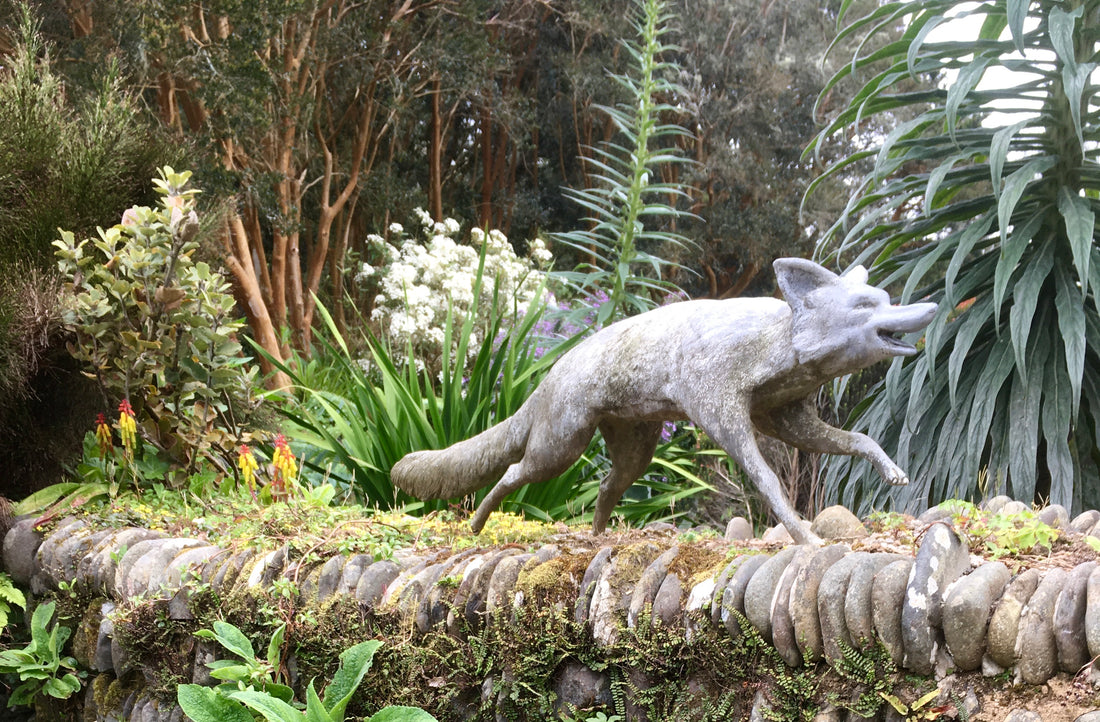
For those who watch my social media accounts, you will know that I often post pictures showing my local walks and the beautiful area surrounding Mawnan Smith, my village, situated above the Helford River that feeds into Falmouth Bay in Cornwall.
Once upon a time I used to stomp the local paths daily, but working full time as a teacher with two small boys was hard work and the walking became limited due to both time and little legs. Now the boys are more independent, I am trying to carve out more of a work life balance between juggling teaching and printing and getting back to walking, if not daily, but regularly as an important part of my day where I find peace and problem solve.

Mawnan Smith sits about five miles outside of Falmouth but shares its subtropical climate and many interesting historical links. Originally Mawnan was an important village as it housed two black smiths or “smithies”. The village became a strategic stopping place for traders and horse drawn vehicles as it was the last place to visit the farrier before or after crossing the river, to or from the Lizard Peninsula on the ferry. We still have a small operational forge in the heart of the village, but to my knowledge, the blacksmith only creates decorative ironmongery now. Hence the name “Mawnan Smith”.

To most people, Mawnan Smith is now note worthy due to the two beautiful public gardens which can be found as you exit the village. Both are subtropical and have been planted in valleys which run down to the river. Although different in character, both share similar historical backgrounds.

In its heyday, from 1688 to 1850, Falmouth was a vital strategic station for Royal Mail Packet ships due to its naturally deep harbour. There are many glorious paintings recording their activity in Falmouth Art Gallery and it’s said that you could walk across the harbour from boat to boat from Falmouth to St. Mawes without getting your feet wet! The packet ships traded mail and messages while also transporting gold and some passengers across Britains quickly expanding Empire and the wider world. The ships were armed with canons but their main form of defence was their speed.

The Packet ships were largely owned by the Fox family, and that is where Falmouth and Mawnan’s stories are linked. The Fox family had properties in both Falmouth and Mawnan, among them, Trebah and Glendurgan. The Fox family, as well as being great philanthropists and industrialists were keen plant collectors. On the return voyages, packet ships would be filled with exotic plant samples and ballast. The families built large properties at the tops of their corresponding wooded valleys, and over years, cultivated unique and unusual gardens. The brothers were known to stand at the top of their valleys and instruct gardeners to stand with their precious specimens of vibrant rhododendrons and unusual bamboos to decide where they should be placed. The gardeners were also, on occasion, asked to then repeat the exercise at the top of a step ladder so an informed decision could be made as to what the plant would look like when mature and at full height. Their careful consideration has paid off as the gardens are stunning, particularly at this time of year, springtime.

One of my favourite facts about the gardens and our surrounding area is that the ballast, used to weigh down the ships on their return journeys, would often be wooden planks. The dark, damp, dank environment below deck allowed these “logs” to sprout new life, and by happy accident the fern tree was bought to Cornwall! Both gardens (and many of our local valleys) are full of mature and impressive fern trees which are sadly starting to near the end of their natural lives. Thankfully, succession planting has been taking place.
Surprisingly, another addition the Fox family unknowingly gifted the area was stick insects. I love teaching my classes how stick insects also stowed away on the packet ships by hitching a lift within the foliage. Unlike many in my area, I love finding great big green or sometimes brown stick insects snacking on my rose leaves or venturing in through an open window. Our mild winters and temperate climate in Cornwall seem to accommodate their needs.

I feel incredibly lucky to have this rich local resource on my doorstep. As a teacher it forms much of the local history curriculum that I share with my 4, 5 and 6 year olds, who then impress their parents when they cascade the information to them.
If you venture this way, and have time to spare, pop along for a visit, or even explore the local coast path and naturally occurring valleys. I’m sure you won’t be disappointed!

